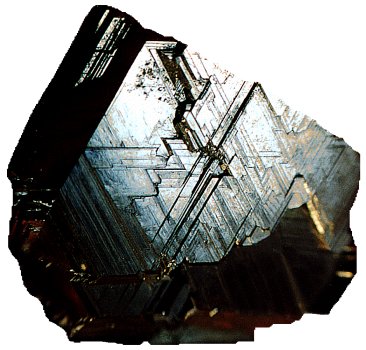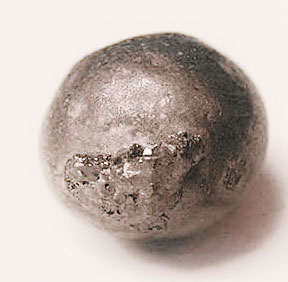 What is Zinc?
What is Zinc?Zinc, like copper, is an abundant mineral in the Earth's crust and an essential mineral to sustaining human life. Zinc is a bluish gray metal in the Earth that tarnishes when exposed to moist air. It is moderately reactive, malleable, and non-magnetic. When zinc is burned it has a bluish-green flame and gives off zinc oxide gas. Zinc is often combined with other metals to form zinc compounds.
What Products is Zinc found in?
Zinc is found in a variety of products people use in daily life without ever thinking about it. Zinc compounds are used to make ink, rubber, ointments, dyes and wood preservatives. Other uses of zinc include, but are not limited to:
- Galvanizing steal
- Used in pennies made before 1982
- Die casting in automobiles
- Battery containers
- Pipe organs
- Used in deodorants
- Luminescent pigments in glowing products such as watch hands
- Calamine lotion
- Shampoo
How can a Person be Exposed to Zinc?
Because zinc is so abundant and an essential mineral, we are all exposed to zinc everyday and in fact, we need to be exposed to zinc to live a healthy life. It is estimated that 3000 of the proteins in our bodies contain zinc prosthetic groups. However, overexposure to zinc can be harmful to the body if a person is exposed to 10 to 15 times the recommended amount of zinc per day. The most common ways a body is exposed to zinc is through ingestion or inhalation. Common sources of over exposure are:
- Taking too many dietary supplements
- Drinking water from containers or pipes lined with zinc
- Drinking contaminated water
- Working a job as a painter, miner, welder, manufacturing brass or bronze, manufacturer of machine parts, batteries, rubber, linoleum, and paint
What are the Effects of Overexposure to Zinc?
Large doses of zinc taken by mouth over a short time span can cause nausea, stomach cramps, and vomiting. Taken over a longer period of time it can cause anemia and lower good cholesterol. Studies performed on rats ingesting too much zinc over a period of time led to infertility. Inhalation of zinc dust can cause a disease known as metal fume fever.
What Steps can be Taken to Prevent Zinc Poisoning?
The simplest ways to protect your family from overexposure to zinc are by testing your families drinking water and dust in the house with an at home Heavy Metal Screen Test kit and by discouraging your children from putting their hands in their mouth after playing in the dirt.
For more information on zinc, its sources, and zinc poisoning, check out these sites:




